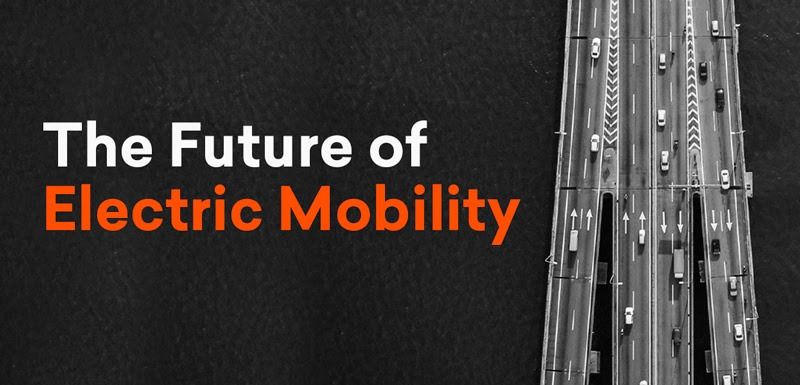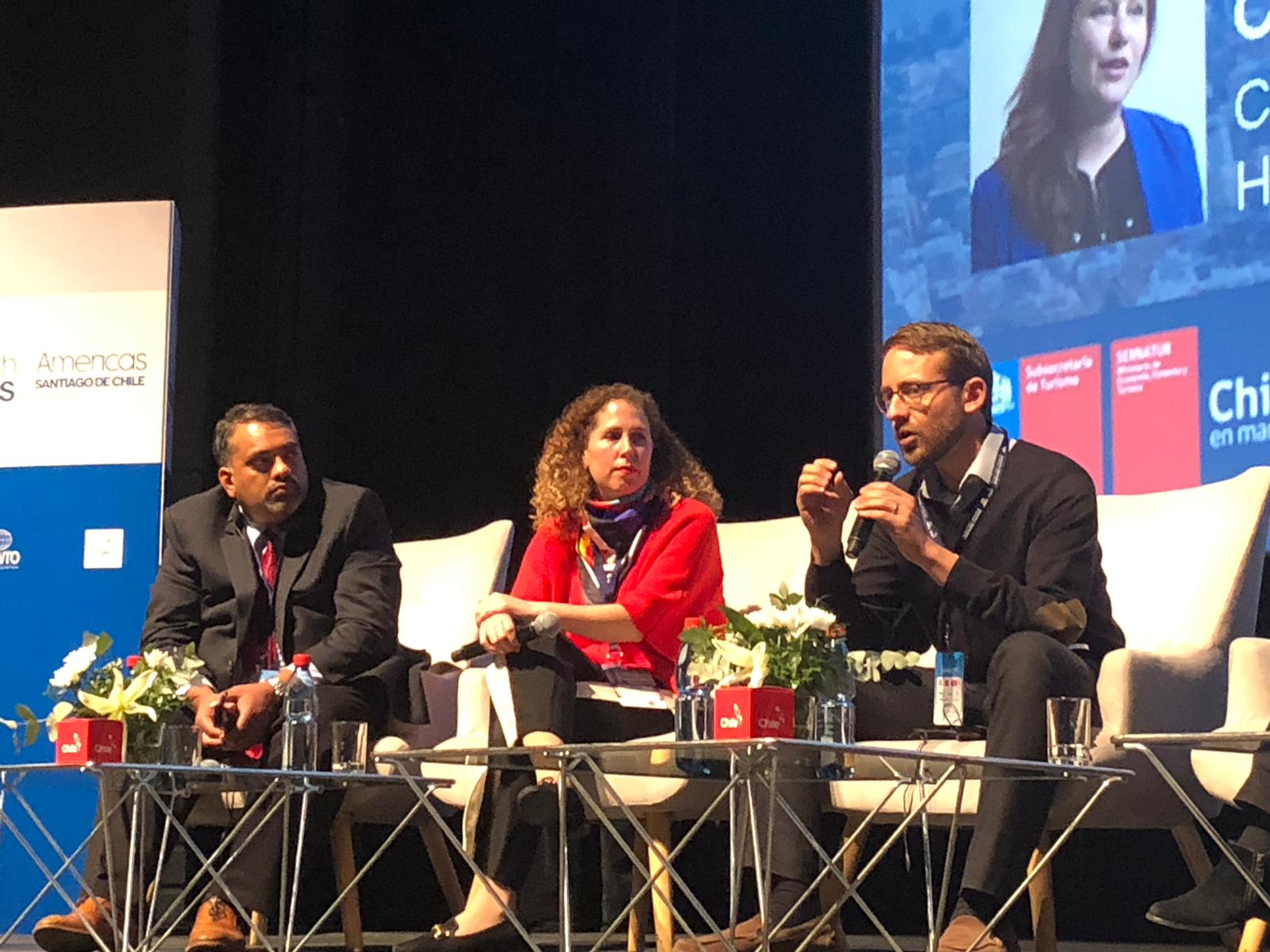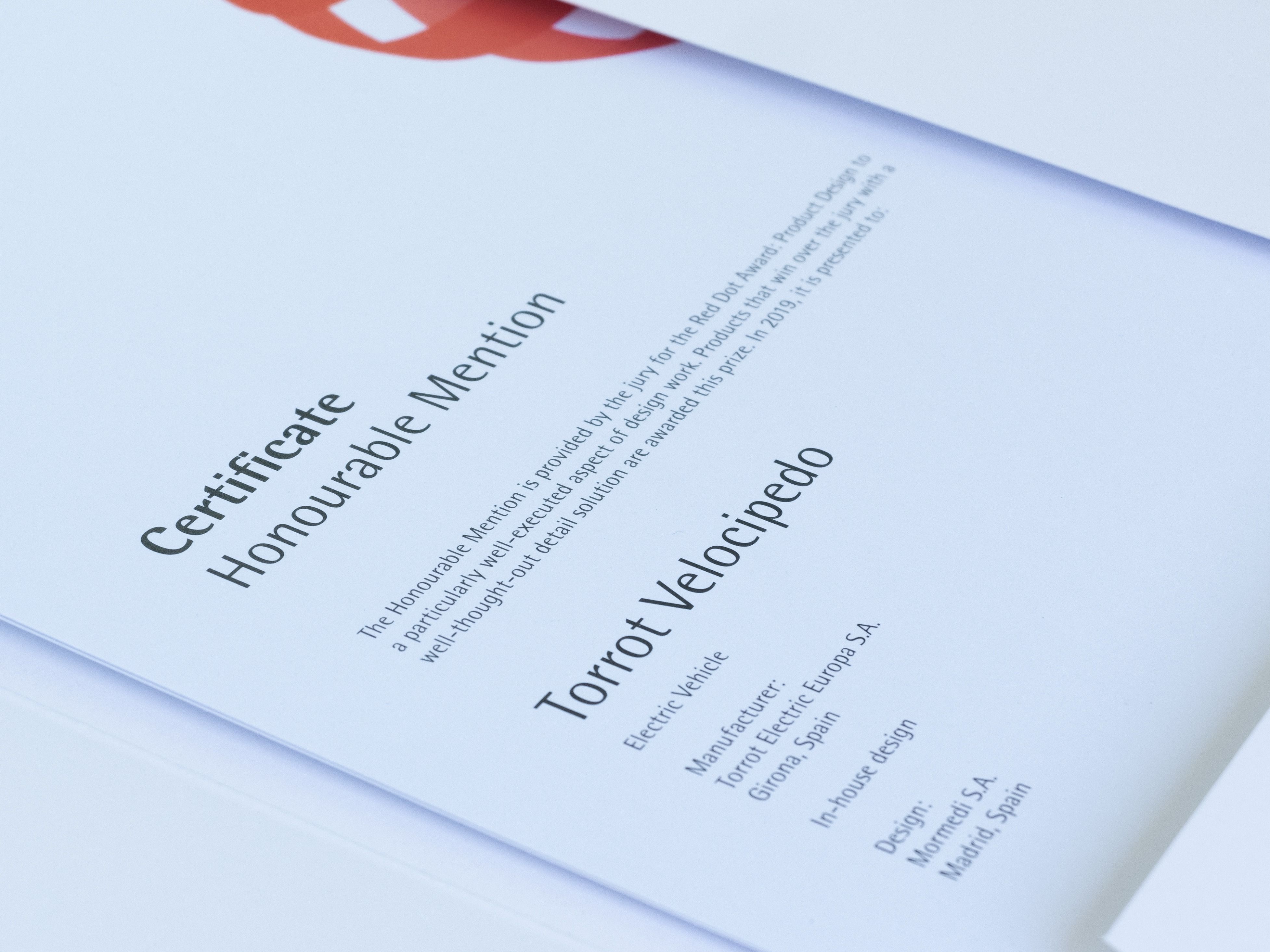Electric Vehicles and Beyond: Towards a More Sustainable Mobility Future
Sara Cesín
Marketing Representative

Whilst most predict that Autonomous, Connected, Electric & Shared (ACES) vehicles will eventually overtake traditional vehicles, there are still many unknowns regarding use cases and how these may differ between different contexts and countries.
We brought together two top experts in mobility in order to identify the challenges and approaches that key players must carry out in order to succeed in the new mobility revolution.
Tesla’s former VP for EMEA and current CEO of b3 Energy, Ben Hill, together with Mormedi CEO, Jaime Moreno, discussed the challenges that incumbents and new players will face from a customer experience, infrastructure, design, and technology perspective.
Here are five takeaways from their discussion.
Sustainability is expensive
Although EVs have been on the market for some years now, the uptake has lagged the potential. This is due to the challenges that owning an EV entails. What are the pain points and the jobs to be done in order to ease the transition from regular cars to EVs?
According to Jaime Moreno, everyone wants to have a sustainable vehicle but not everybody is willing to pay a significant sum more upfront. Ben Hill agrees, and adds that when looking at all the charging difficulties and costs that owning an EV demands, it is normal that people would be hesitant. However, costs are coming down due to increases in volume and scale. Also, the technology that we have right now will improve and/or change in the next 3-5 years, therefore alleviating certain challenges such as battery limitations and charging infrastructure in cities.

Fear of the new
One point that was brought up by Ben is the fact that people are afraid of owning an EV. From the customer experience perspective, people don’t think EVs will have enough range for long trips. Another concern is the ability to charge the vehicles due to a lack of infrastructure in major cities and roads.
Likewise, Jaime indicated that range is one of the biggest problems. “Many people only have one car. If people cannot use their car to go on a holiday trip, they’re not going to buy one.” However, Ben added that EV technology is not standing still, it will improve, and we will overcome these barriers.
The cleanest of the dirty options
We think of EVs as being a green and eco-friendly solution to mobility. Nonetheless, it is a reality that lithium batteries have an impact on the environment when they are disposed.
Jaime indicated that people are concerned on what will they do with a lithium battery once they cannot use it anymore. If disposed incorrectly the entire sustainability purpose will be lost. This being said, Jaime still believes that EVs represent a great answer to pollution in cities. According to Jaime, in the next 3-5 years we will see many central areas of major cities forbidding the entrance of traditional combustion cars, thus forcing their inhabitants to adopt new mobility solutions.
Ben explained that we have very strict legislation on how to get rid of lithium batteries and companies in place to do that recycling: “You can probably recycle and reuse 70% of the batteries; the other 30% that cannot be recycled needs to be disposed as a chemical waste. However, this is still the cleanest of the dirty options, but as long as you can recycle and get the maximum value from lithium batteries it will be our best option.”

AVs: enjoy the ride
Regarding Mobility as a Service (MaaS), it is likely that in a few years we will see the vast majority of passenger miles done in fleet vehicles than in private cars, especially with the potential transition to autonomous vehicles (AVs). If people are currently skeptical about EVs, how difficult will it be for customers to accept AVs?
According to Jaime, manufacturers and auto companies need to develop trust with consumers. He believes that there is already some precedent, and gives the example of driverless metro trains in airports and the fact that passengers are comfortable with those. Nevertheless, Jaime believes that “people do need to feel safe in the streets; this means there needs to be a change of behavior and for a change of behavior we might need 3-7 years.”
AVs also raise the question of what the passenger experience will be when people transition from being drivers to being driven. When looking at the different types of services that auto companies could offer AV passengers, Ben commented, “In today’s world everyone is connected except from when we are in a car. If we are connected in a car it means that we are doing something illegal or dangerous… AVs bring an opportunity to the table to make dead time productive.” This brings an excellent opportunity for retailers, personalized services, etc. Strategic design, with a focus on customer experience, plays an important role in uncovering customer needs and designing for them, said Ben.

Winners and Losers
Finally, we asked our two speakers who will be the winners and the losers in the EV revolution. Who will profit from the changes and who will suffer as mobility changes over the years?
Ben believes car companies will have difficulties uncoupling themselves from the dealership concept, meaning they will have to innovate or change the way they see the market. The same goes for petrol companies, which will have to rethink their retail concepts to continue to make money.
Moreover, Ben believes users will win big. For example, some EVs have the ability to store electricity that can—depending on the country’s legislation—be sold back to the grid. According to Ben, this will reduce the need for centralized power generation at power stations and could significantly reduce the cost of electricity.
For Jaime, in the next decade, 80% or more of new vehicle sales will be to fleets, and margins will be lower for vehicles. “I believe in that there will be a merger between dealers and brands, as well as a reduction in the number of car brands. So, in 10 years I believe that we will definitely see the biggest disruption in the auto industry in a century”.


